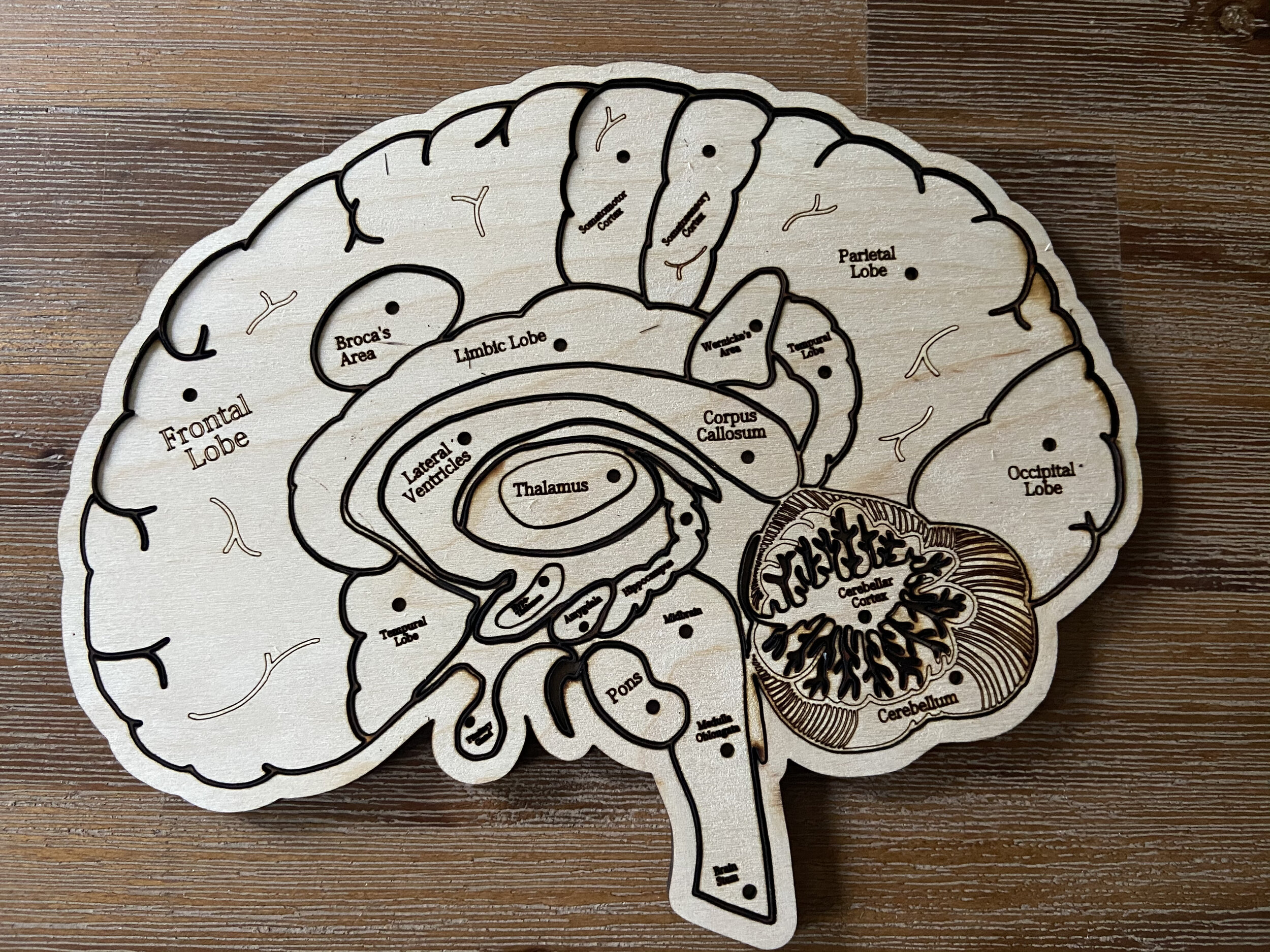Selected work
This VoiceThread Presentation offers a summary of my research and learning.
Interested in reading the full paper? Get in touch.
Advancing Holism in Higher Education:
Affordances of Emergent Neuroimaging Technologies and Embodied Cognition Theory for Holistic Learning Design
Project Type: Research and Analysis, Learning Design, Educational Aid Design
Topics and Themes: Neuroscience, Embodied Cognition Theory, Systems Thinking
The Challenge Space
Cartesian and cortico-centric myopian views of cognition have permeated the design of educational systems and societal values. Neuroscience and imaging technologies are offering new insights and compelling evidence supporting embodied cognition theory. How might we advance learning design to be more holistic and aligned with how our brains are wired and how we learn?
The Response
Expanding our conceptualization of the learning process is needed in terms of how our brain design is for movement and sensing. Appreciation for how our parallel and integrative neural process systems are rooted in movement may inspire new approaches to designing curricula, learning spaces, technology interfaces, and holistic practices that seek to center the phenomenological experience of students in the process of learning.
The Artifacts
To better understand how neurocognitive cortices and processes are entangled, I sketched the functional areas and designed a puzzle of the brain. Not having access to laser-cutting equipment at home or on campus due to the pandemic, I contracted the help of local artisan Sonia Satterland-Zorza who had the technology equipment (Glowforge) to laser-cut my design into a wooden puzzle. I designed the puzzle to have inset holes to be able to stake flags with labels of cortices and neurological nodes. Color-coded thread may be intertwined to demonstrate neural pathways and circuitry. This didactic learning aid may also serve to demonstrate how neuroimaging technologies have advanced from offering a static view of the brain functional areas to now providing a sense of the nerve fiber trajectories and mapping of brain axonal connectivity.



